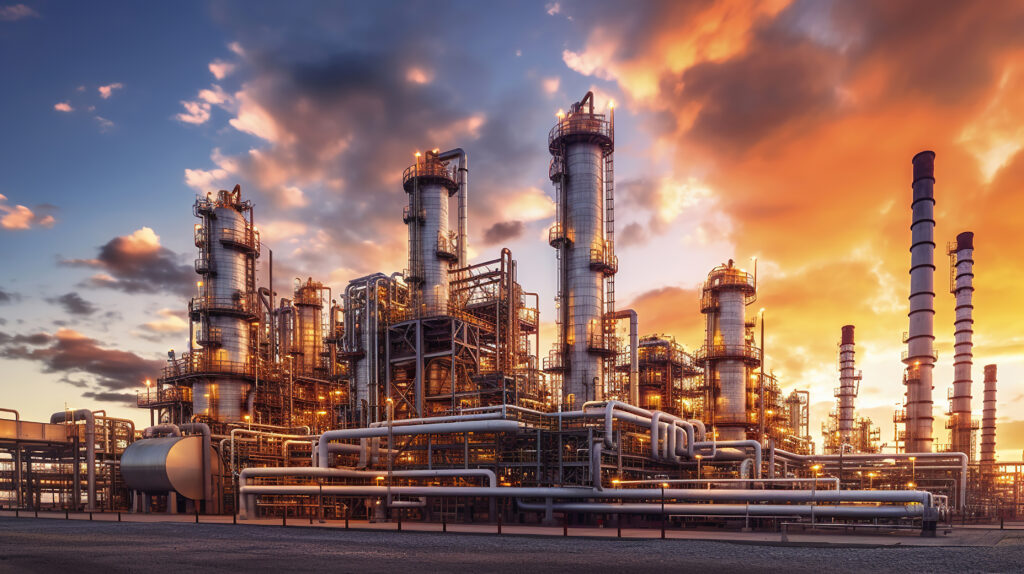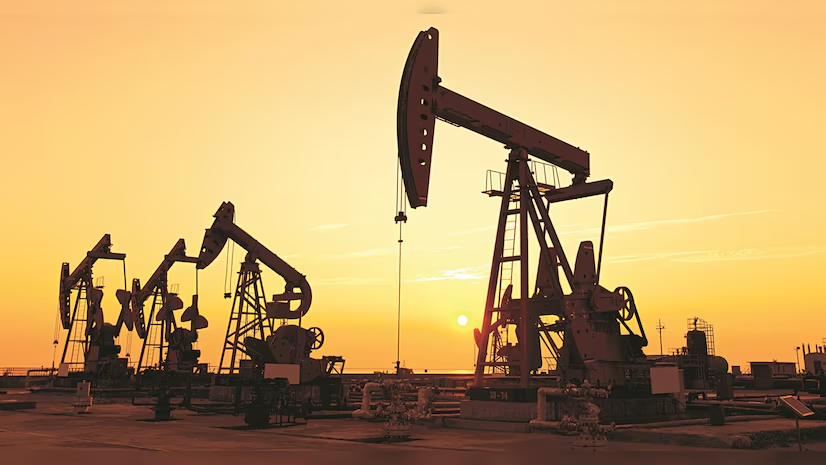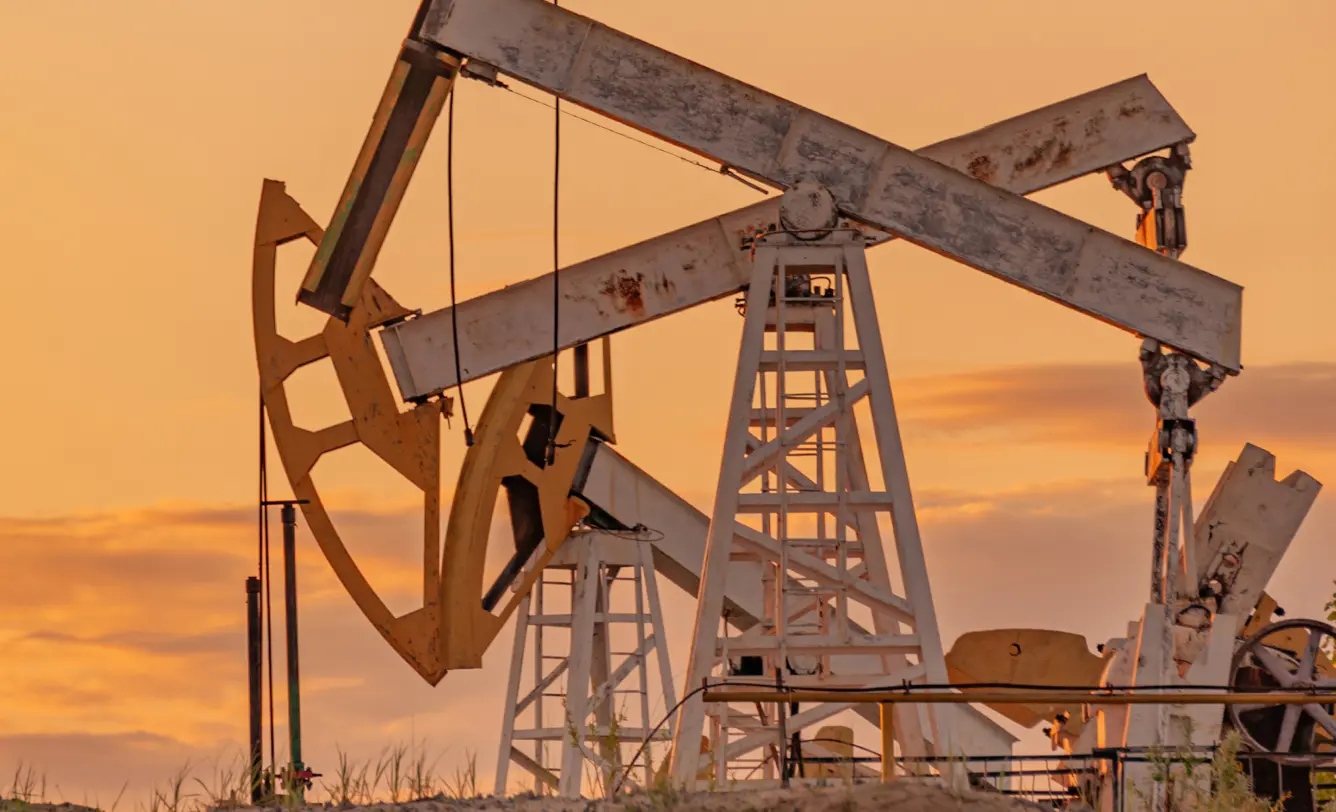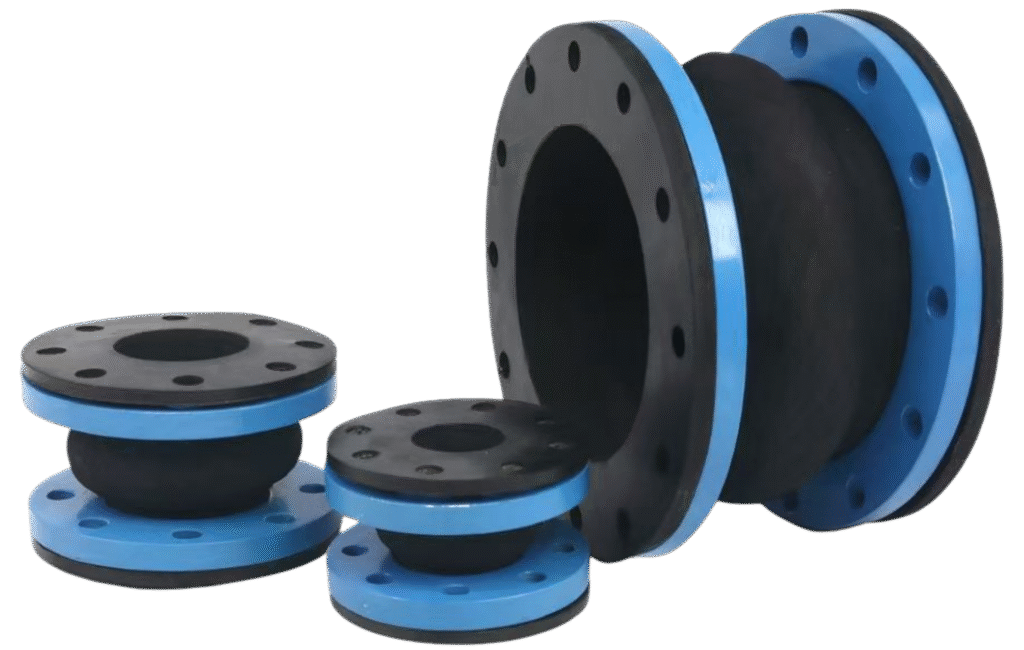Application of Rubber Expansion Joints in the Oil and Gas Industry
In the oil and gas industry, pipeline systems are critical infrastructure that connect various stages such as raw material transportation, storage, and processing. These pipelines must withstand harsh operating conditions, including high pressure, high temperature, corrosive media, and frequent mechanical vibrations. Therefore, flexibility and sealing performance at connection points are particularly important.
Rubber expansion joints, also known as rubber compensators or flexible rubber connectors, are elastic pipeline components composed of multi-layer reinforced synthetic rubber and steel flanges or connectors. They offer excellent flexibility, corrosion resistance, pressure-bearing capacity, and displacement compensation capabilities.
Rubber expansion joints reduce noise and vibration, extend equipment life, and improve safety and operational efficiency. Based on the medium, you can select from materials like NBR (for oil resistance), EPDM (for hot water and oxidizers), FPM (fluoro rubber for high temperature and chemicals), or PTFE (for aggressive acids and alkalis).



Common Applications in Oil & Gas:
Oil and gas transportation pipelines: Compensate for axial and lateral thermal expansion and prevent connection damage due to stress.
Offshore platforms and floating pipelines: Absorb wave and wind-induced vibration, ensuring stable system operation.
Refineries and gas processing plants: Handle corrosive media like sulfur-containing gas or refined oil, often using PTFE- or EPDM-lined rubber joints.
Tank farms and pump stations: Reduce vibration and noise from pumps, enhancing stability and service life.
LNG terminals and cryogenic systems: Require special rubber materials to withstand low temperatures without cracking or seal failure.
Emergency maintenance and quick connections: Easy to install, ideal for temporary replacements of metal expansion joints.
Why are rubber expansion joints necessary in the oil and gas industry?
Oil and gas pipelines are exposed to high pressure, temperature, vibration, and corrosive fluids. Rubber expansion joints help absorb thermal expansion, reduce vibration, and ensure sealing—essential for system safety and stability.
Can rubber expansion joints withstand crude oil and natural gas?
Yes. With proper rubber materials—such as NBR for oil or PTFE lining for chemicals—rubber joints are fully capable of handling crude oil, natural gas, diesel, and other fuels safely over long periods.
What is the service life of rubber expansion joints?
Under proper conditions (compatible media, temperature, pressure), rubber joints can last 5 to 10 years. In harsh environments, regular inspections are recommended to maintain safety.
Are rubber expansion joints suitable for high-pressure applications?
Yes. High-pressure rubber joints reinforced with fabric and steel wire, and fitted with limit rods, can handle pressures from 1.0MPa to 2.5MPa. They’re ideal for demanding oil and gas systems.
What rubber materials are suitable for petrochemical applications?
NBR: Excellent oil and fuel resistance.
EPDM: Resistant to hot water and oxidizing agents.
FPM (Viton®): For high-temperature oils and corrosive fluids.
PTFE lining: Best for strong acids, alkalis, and sour gas environments.
What’s the difference between rubber expansion joints and metal bellows?
Rubber joints offer greater flexibility, better vibration damping, and easier installation. Metal bellows withstand higher temperatures and pressures but are less effective in vibration absorption. The two can be selected based on specific system needs.


